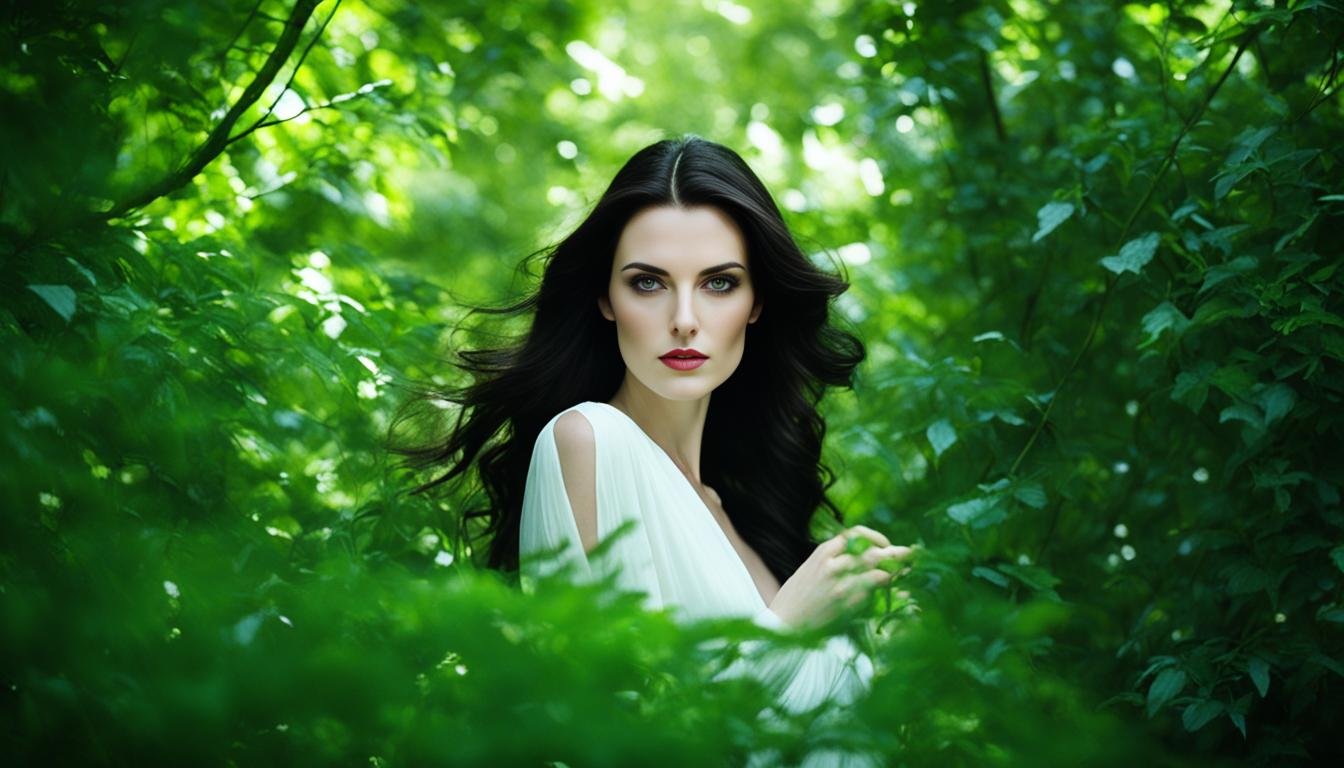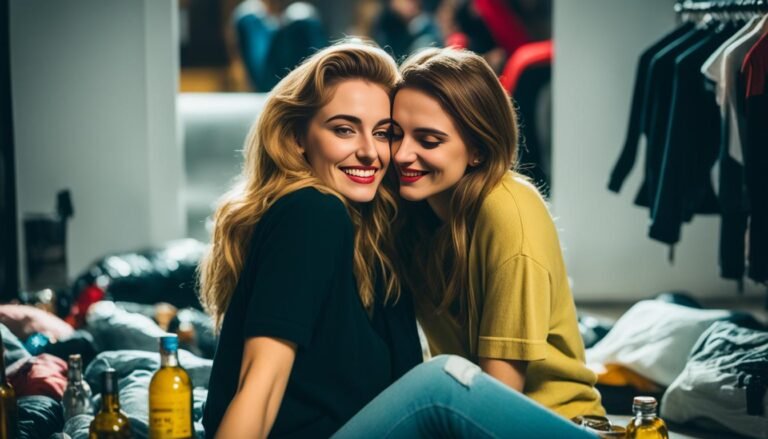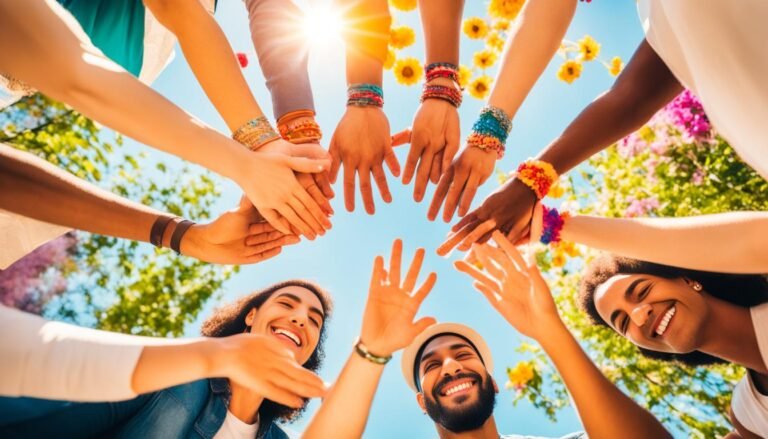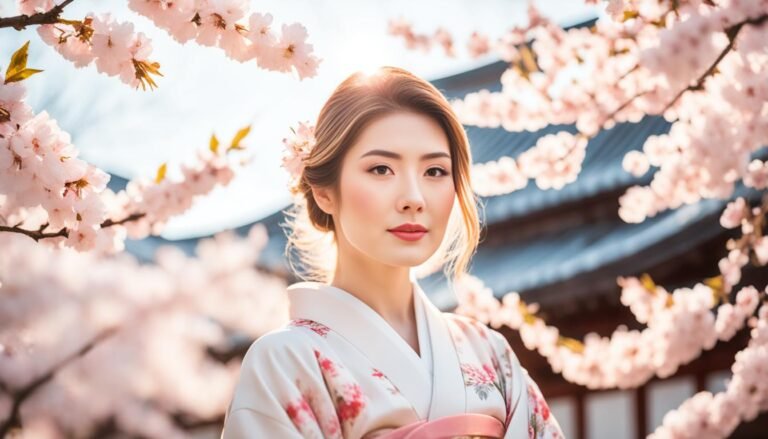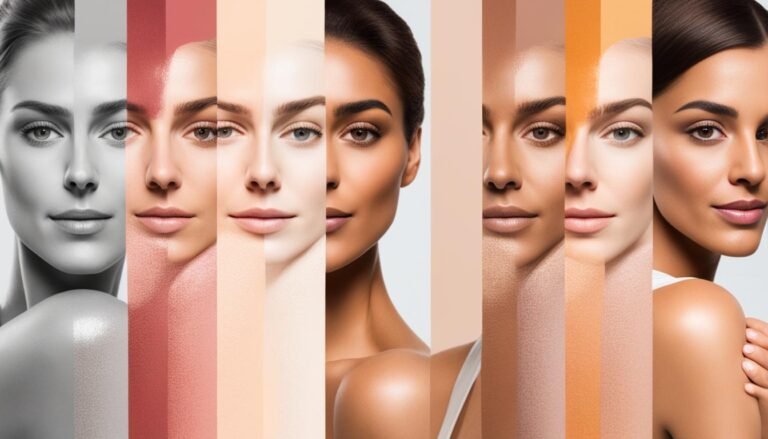Is dark hair and pale skin attractive?
When it comes to beauty, we are constantly bombarded with different ideals and standards. But amidst all the diversity in preferences, there is one beauty combo that has stood the test of time: dark hair and pale skin. So, what is it about this contrast that makes it so universally attractive?
Throughout history and across cultures, the juxtaposition of dark hair against fair skin has been considered striking and alluring. This combination has captivated our attention and ignited our fascination. But why?
In this article, we delve into the perception of dark hair and pale skin, exploring how societal beauty standards and personal preferences shape our views of attractiveness. We also examine the psychological impact that these standards can have, often leaving individuals with insecurities about their own looks.
However, it’s important to note that beauty is not confined to specific physical features alone. Each person possesses their own unique beauty, and embracing individuality is essential for building self-confidence and nurturing a positive self-image.
So, join us as we explore the enigma of dark hair and pale skin and challenge the common beliefs surrounding attractiveness.
Key Takeaways:
- The contrast between dark hair and pale skin has long been considered a universally attractive beauty combo.
- Perceptions of attractiveness are influenced by societal beauty standards and personal preferences.
- Individuals with dark hair and pale skin may experience insecurities due to societal beauty ideals.
- Embracing individual beauty and diversity is crucial for building self-confidence.
- Beauty is not limited to specific physical features; each person possesses their own unique beauty.
The Perception of Dark Hair and Pale Skin
People’s perception of attractiveness is influenced by societal beauty standards and personal preferences. While there is no universal standard of beauty, the contrast between dark hair and pale skin has been historically associated with beauty in many cultures. This perception can vary among different individuals and is subjective.
Societal Beauty Standards
Societal beauty standards play a significant role in shaping our perception of attractiveness. These standards are often influenced by cultural norms, media portrayals, and societal expectations. Features such as dark hair and pale skin have been seen as desirable and attractive due to their association with traditional beauty ideals.
“Beauty is in the eye of the beholder” – a saying that rings true when it comes to individuals with dark hair and pale skin. While some find this combination captivating and alluring, others may prefer different physical features. It’s important to remember that beauty is diverse and subjective, and no one standard should dictate our perception of attractiveness.
Personal Preferences
Alongside societal beauty standards, personal preferences also play a role in how we perceive physical features. Each individual has unique tastes and preferences when it comes to attraction. Some may be drawn to the contrast and timeless elegance of dark hair and pale skin, while others may find beauty in a different combination of physical features.
The perception of attractiveness is a complex interplay between societal beauty standards and individual preferences. While dark hair and pale skin have been historically associated with beauty, it is essential to recognize that beauty comes in all forms and is not limited to specific physical features.
| Pros | Cons |
|---|---|
| Offers a striking contrast | May perpetuate certain beauty ideals |
| Considered timeless and elegant | Individual preferences may vary |
| Historically associated with beauty | Can contribute to societal pressure |
Psychological Impact of Dark Hair and Pale Skin
The perception of beauty can have a significant impact on an individual’s self-esteem and feelings of attractiveness. We often find ourselves influenced by societal beauty ideals that prioritize certain physical features, which can lead to feelings of insecurity.
Individuals with dark hair and pale skin may be particularly susceptible to these insecurities. The contrast between their hair and skin tone may not align with the beauty standards perpetuated by the media and society, leading them to question their own attractiveness.
This internalized insecurity can have a detrimental effect on self-esteem. Constantly comparing oneself to narrow beauty ideals can erode confidence and contribute to feelings of inadequacy.
Media and Societal Influence
The media plays a powerful role in shaping beauty ideals, often promoting unrealistic standards that can be difficult to attain. Advertisements, movies, and social media platforms often showcase a limited range of beauty, emphasizing flawless skin and hair.
“People with dark hair and pale skin may struggle to fit into these narrow beauty ideals, which can perpetuate feelings of insecurity and self-doubt.”
Moreover, societal beauty standards tend to prioritize specific physical features, leaving those who do not conform to these ideals feeling like outsiders. This constant exposure to a homogenized beauty ideal can intensify the insecurities experienced by individuals with dark hair and pale skin.
Overcoming Insecurities
It is important to recognize that beauty is subjective, and societal beauty ideals are arbitrary constructions that do not define our worth. Embracing our individual beauty and rejecting unrealistic standards can lead to greater self-acceptance and self-esteem.
Instead of seeking validation from external sources, we should focus on cultivating self-confidence from within. This involves celebrating our unique physical features, including dark hair and pale skin, as part of our own personal beauty.
By diversifying representations of beauty in the media, we can create a more inclusive culture that celebrates all forms of beauty. This shift can empower individuals with dark hair and pale skin to feel confident and secure in their appearance.
Remember, beauty comes in many forms, and true attractiveness is about loving and accepting ourselves as we are.

| Effects of Societal Beauty Ideals on Individuals with Dark Hair and Pale Skin | Ways to Overcome Insecurities and Boost Self-Esteem |
|---|---|
| – Internalized insecurities | – Recognize beauty is subjective |
| – Decreased self-esteem | – Embrace individual beauty |
| – Feelings of inadequacy | – Reject unrealistic standards |
| – Comparison to narrow beauty ideals | – Cultivate self-confidence from within |
Embracing Individual Beauty
It’s time to break free from the constraints of societal beauty standards and embrace the diversity of individual beauty. Beauty should never be defined by a narrow set of physical features; instead, it encompasses a wide range of unique characteristics that make each person special.
Self-acceptance plays a pivotal role in building self-confidence and developing a positive self-image. By recognizing and appreciating our own unique qualities, we can cultivate a sense of self-worth that goes beyond external appearances. This journey towards self-acceptance allows us to let go of insecurities and embrace the beauty that radiates from within.
Achieving a healthier and more inclusive beauty culture requires embracing diversity. When we celebrate and value the differences in others, we contribute to a more accepting and empowering environment. By challenging societal norms, we create space for all individuals to feel seen, heard, and appreciated for who they truly are.
